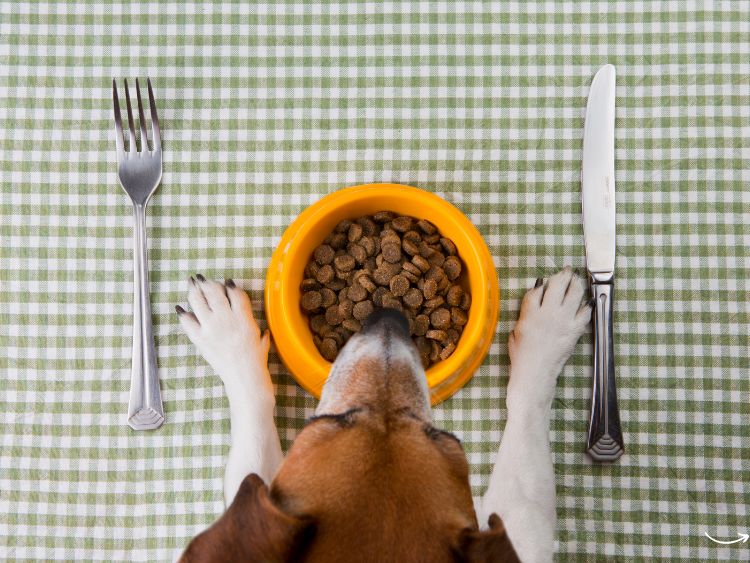Have you ever wondered if raw pet food could be the key to your furry friend’s health and happiness? You’re not alone! Many pet owners are turning to raw diets to provide their pets with the most natural, nutritious meals possible. In this comprehensive guide, we’ll explore the ins and outs of raw pet food, from its benefits to practical tips for feeding your pet a raw diet. So, let’s dive in and discover why raw pet food is gaining popularity among pet enthusiasts everywhere.
What is Raw Pet Food?
Raw pet food is exactly what it sounds like—uncooked, unprocessed food intended for pets. This diet typically includes raw meat, bones, fruits, and vegetables. The idea is to mimic what animals would eat in the wild, providing them with a more natural and biologically appropriate diet.
Types of Raw Pet Food
- Commercially Prepared Raw Food: These are pre-packaged meals available at pet stores, often frozen or freeze-dried.
- Homemade Raw Food: This involves preparing meals from scratch using fresh ingredients from your local grocery store or butcher.
Benefits of Raw Pet Food
Improved Digestion
One of the biggest benefits of feeding your pet raw food is improved digestion. Raw food is easier for pets to break down and absorb, leading to fewer digestive issues like bloating, gas, and constipation.
Healthier Skin and Coat
Raw pet food is rich in natural oils and nutrients that can enhance your pet’s skin and coat health. You’ll notice a shinier, softer coat and fewer issues with dry skin or allergies.
Enhanced Energy Levels
Pets on a raw diet often exhibit increased energy and vitality. The natural proteins and fats provide a sustainable energy source that keeps your pet active and playful throughout the day.
Better Dental Health
Chewing on raw bones and meat can help keep your pet’s teeth clean and strong. This natural dental care can reduce the risk of plaque buildup, gum disease, and bad breath.
Transitioning to a Raw Diet
Switching your pet to a raw diet isn’t something you should do overnight. It’s important to transition gradually to avoid any digestive upset.
Step-by-Step Transition Plan
- Start Slow: Begin by mixing a small amount of raw food with your pet’s current diet.
- Increase Gradually: Over the course of a week or two, gradually increase the proportion of raw food while decreasing the amount of their old food.
- Monitor Closely: Keep an eye on your pet’s stool, energy levels, and overall health. Adjust the transition speed if needed.
- Consult Your Vet: Before making any major dietary changes, it’s always a good idea to consult with your veterinarian.
Tips for Feeding Raw Pet Food
Choose High-Quality Ingredients
When it comes to raw pet food, quality matters. Opt for fresh, organic ingredients free from hormones and antibiotics. Your pet deserves the best!
Maintain Proper Nutrition Balance
A balanced diet is crucial for your pet’s health. Ensure their raw diet includes the right proportions of protein, fat, vitamins, and minerals. Consider using a raw diet recipe or consulting with a pet nutritionist.
Handle Raw Food Safely
Raw food can harbor bacteria, so it’s essential to handle it safely. Always wash your hands and surfaces after preparing raw meals, and store food properly to prevent spoilage.
Common Myths About Raw Pet Food
Myth 1: Raw Food is Dangerous
While raw food can contain bacteria, pets’ digestive systems are typically more resilient than humans’. By following proper food handling practices, the risk is minimal.
Myth 2: Raw Diets Lack Nutrients
A well-planned raw diet provides all the necessary nutrients for your pet. Commercial raw foods are formulated to be nutritionally complete, and homemade diets can be balanced with the right ingredients.
Myth 3: Raw Food is Too Expensive
While raw food can be more costly than kibble, the long-term health benefits can offset the initial expense. Plus, there are ways to make raw feeding more affordable, like buying in bulk or sourcing ingredients locally.
FAQs About Raw Pet Food
Is raw pet food suitable for all pets?
Most pets can thrive on a raw diet, but it’s important to consider their individual health needs. Puppies, kittens, and pets with certain medical conditions may require special considerations.
How do I know if my pet is getting enough nutrients?
Regular vet check-ups and monitoring your pet’s health are key. If you’re unsure, consult a pet nutritionist to help create a balanced diet plan.
Can I mix raw and cooked food?
It’s generally recommended to stick with one or the other to avoid digestive issues. However, some pet owners successfully mix raw and cooked food. If you choose to do this, introduce it slowly and observe how your pet reacts.
What are the signs that my pet is doing well on a raw diet?
Look for improved digestion, a shinier coat, higher energy levels, and better dental health. These are good indicators that your pet is thriving on a raw diet.
Are there risks associated with raw feeding?
The primary risk is bacterial contamination, but this can be minimized with proper food handling. Additionally, some pets may have specific health conditions that make raw feeding unsuitable. Always consult your vet before making dietary changes.
Summary
Feeding your pet raw food can offer numerous benefits, from improved digestion and healthier skin to increased energy and better dental health. While transitioning to a raw diet requires careful planning and consideration, the rewards are well worth it. By choosing high-quality ingredients, maintaining a balanced diet, and handling food safely, you can provide your pet with a nutritious and natural diet that supports their overall well-being. Remember to consult your vet and monitor your pet’s health throughout the transition. With the right approach, raw pet food can be a fantastic choice for your furry friend.





